Unification and Collapse in China


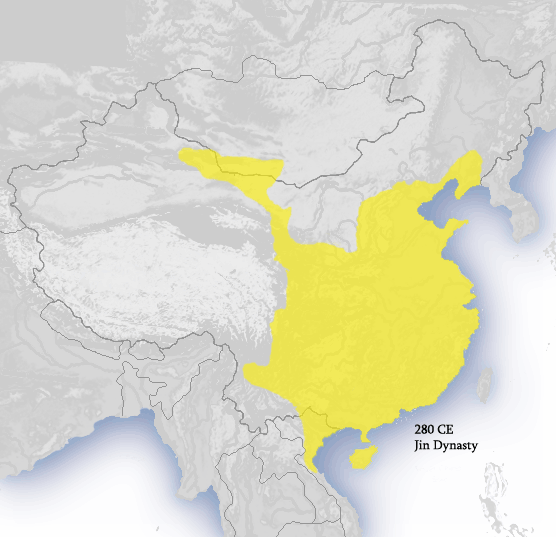

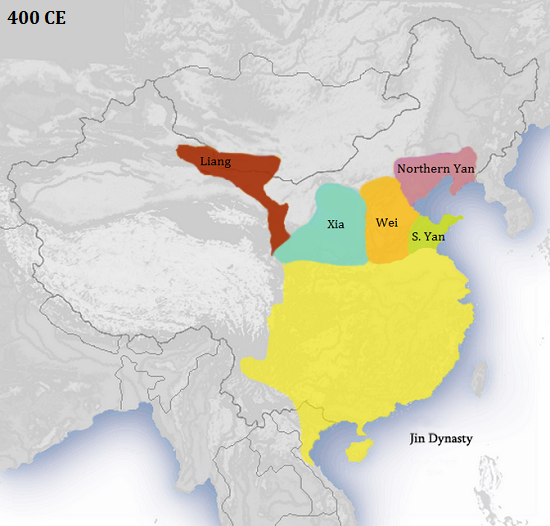







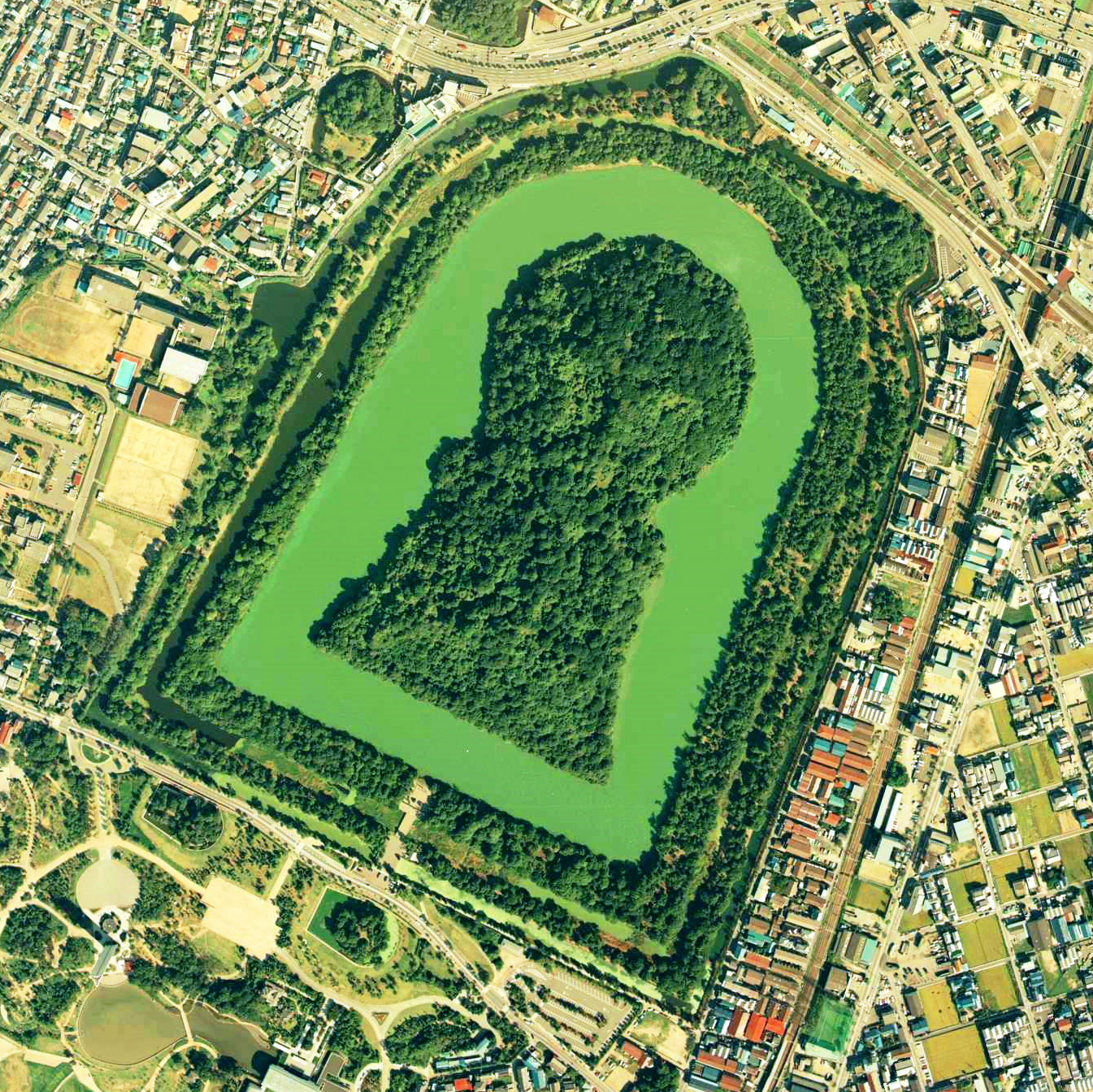


The English translation of the Gishi-Wajinden which I used in this episode can be found here. It also has some great maps of Kyushu along with the possible locations of various Yayoi polities on its main page. Enjoy!

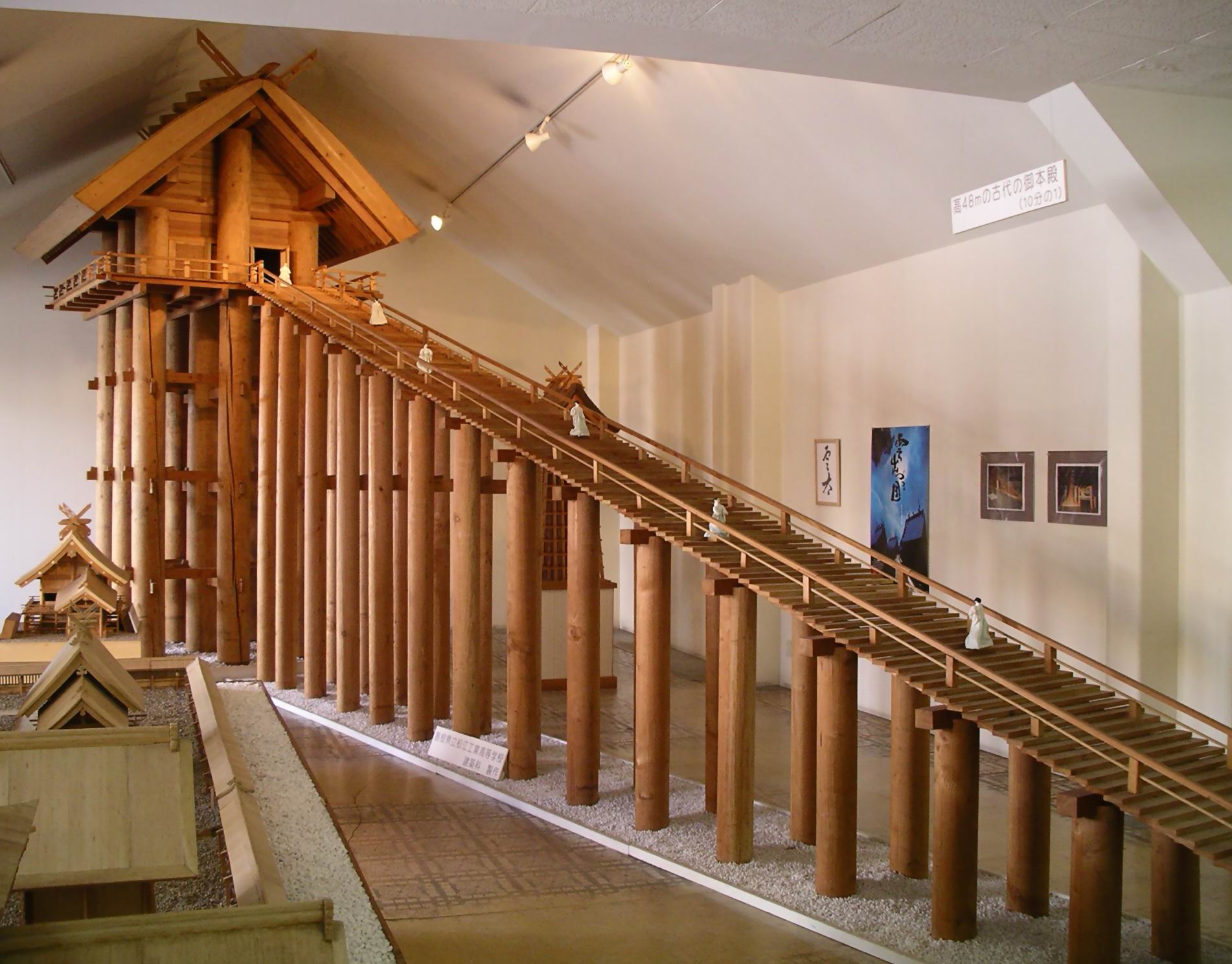
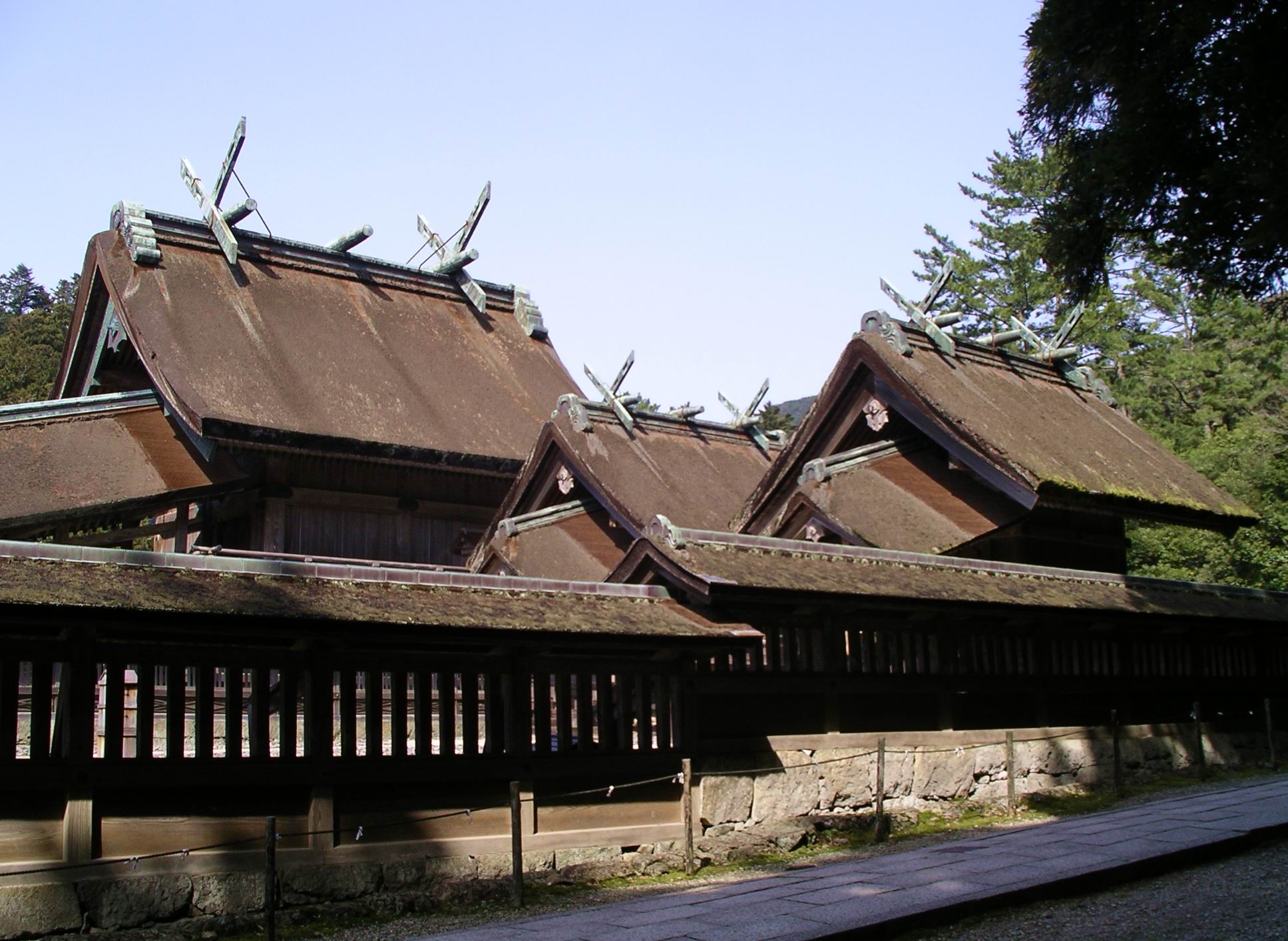




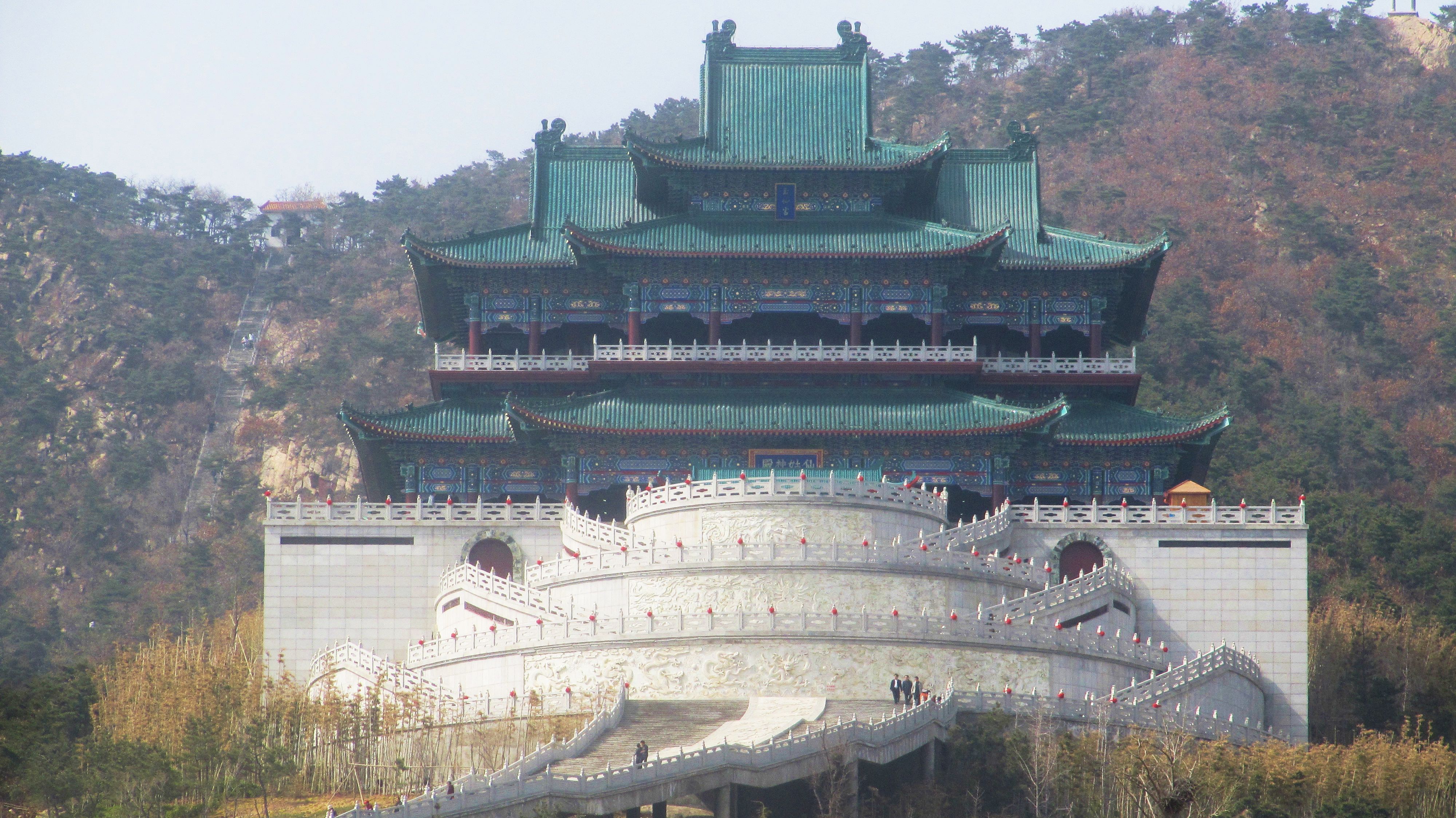
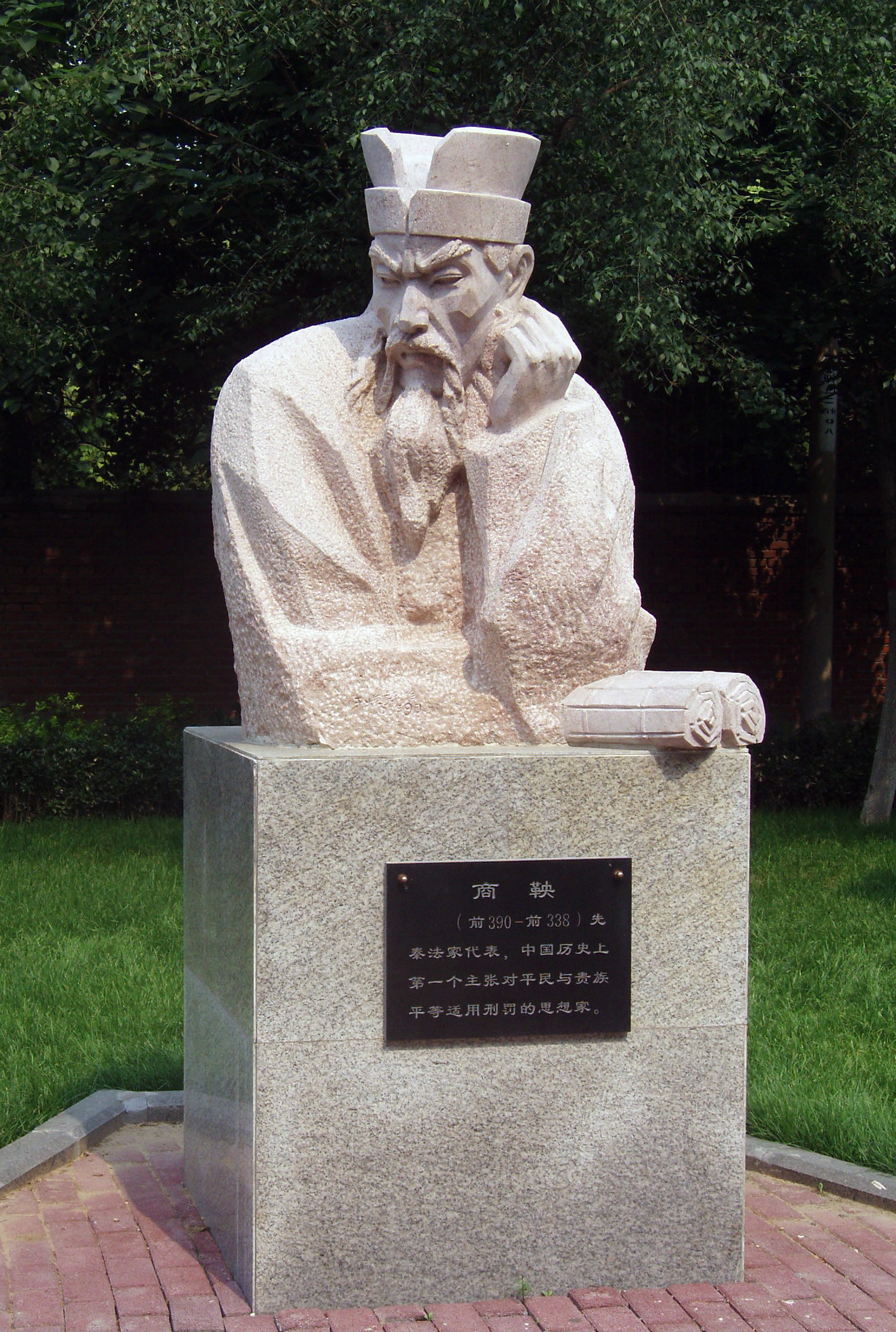



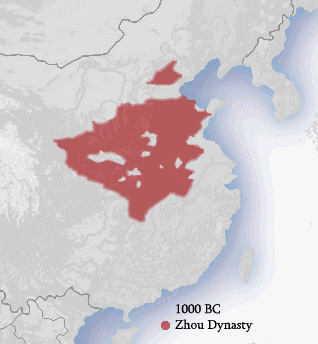

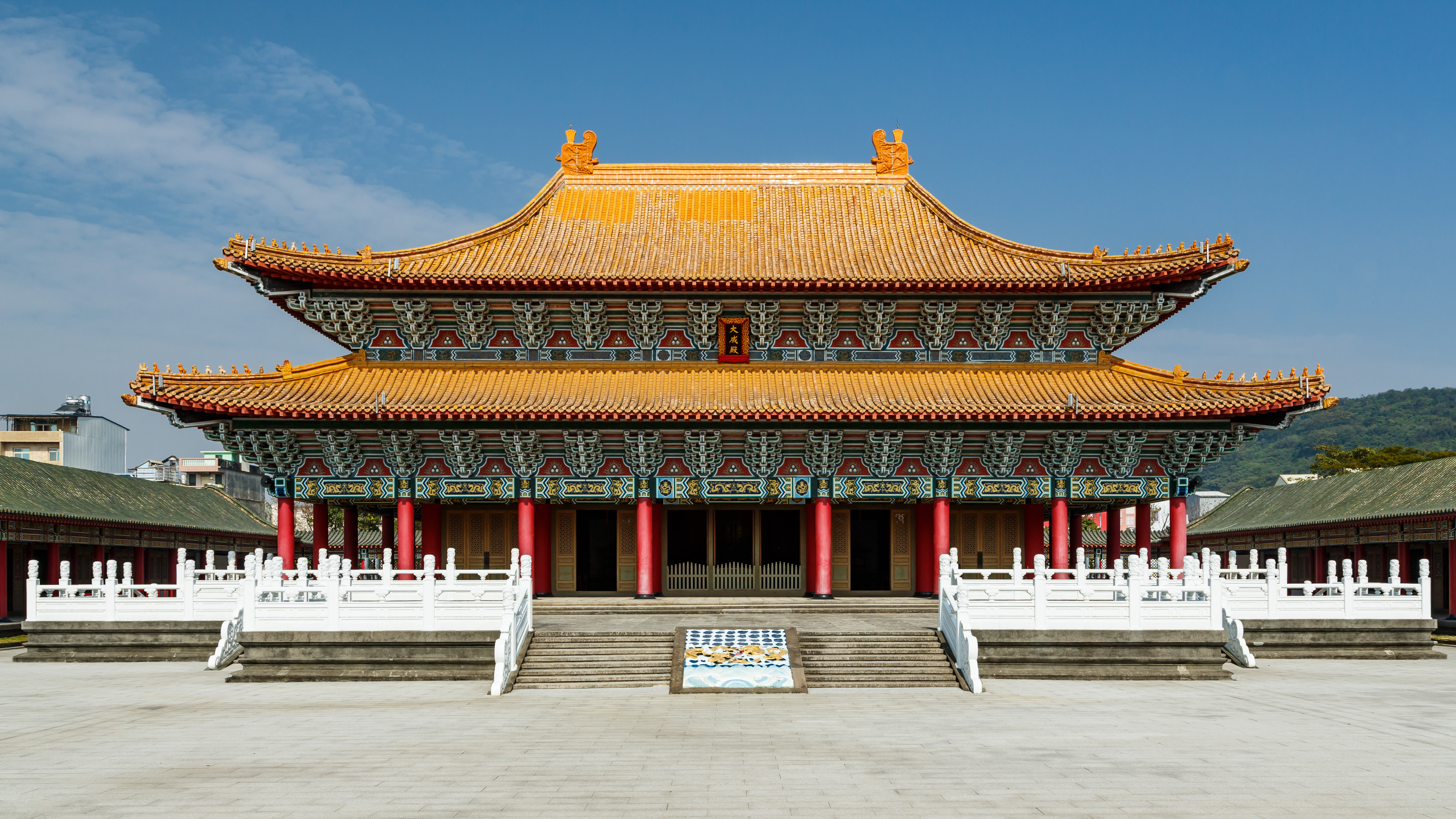

Recent Comments